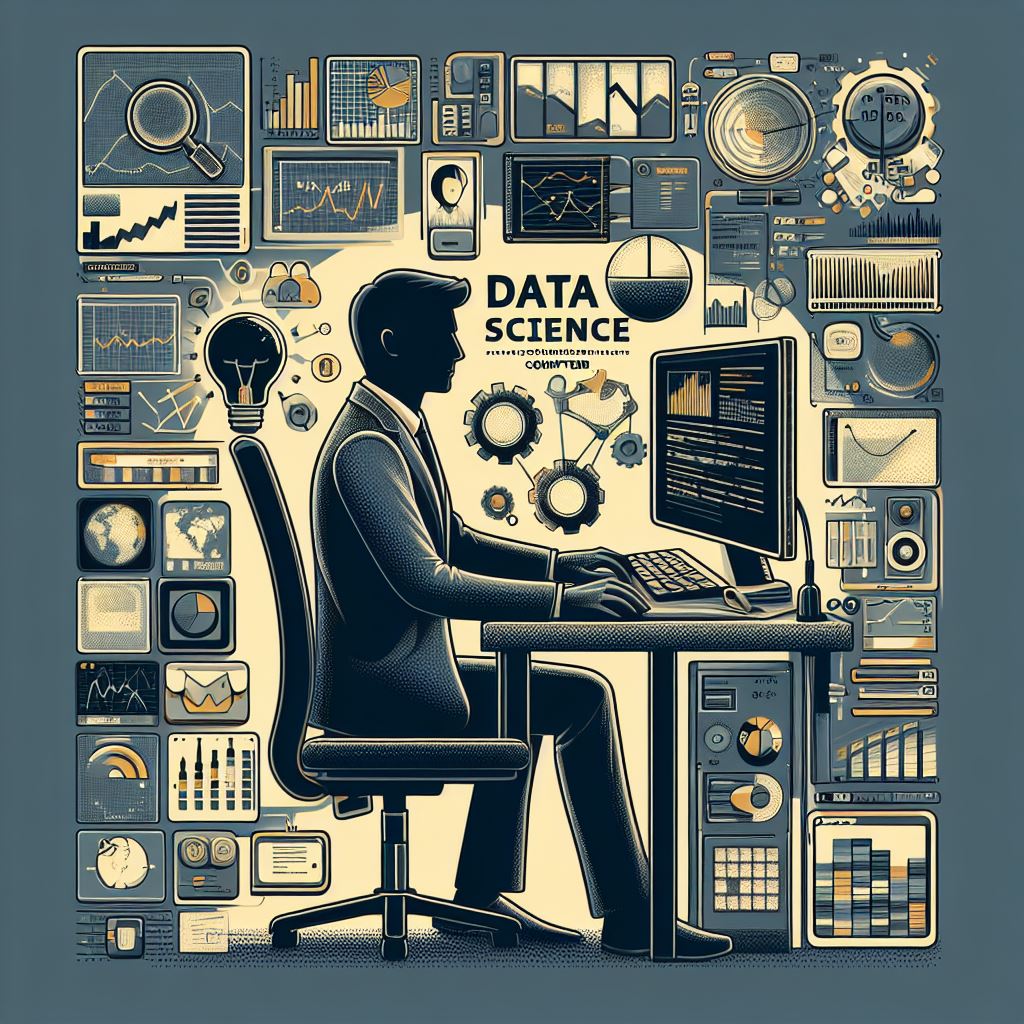In today’s data-driven world, the role of data science has become increasingly crucial for businesses looking to gain insights and make data-backed decisions. Python, with its robust libraries and user-friendly syntax, has emerged as the go-to programming language for data science professionals. Whether you’re a beginner or an experienced data scientist, Python provides the tools and flexibility to handle complex data challenges and develop powerful analytical models.
What is Data Science?
Data science is an interdisciplinary field that uses scientific methods, algorithms, and systems to extract knowledge and insights from structured and unstructured data. By leveraging advanced techniques such as machine learning (ML), artificial intelligence (AI), and statistical analysis, data science helps businesses make informed decisions and optimize operations.
Python is widely used in data science due to its simplicity, versatility, and the availability of numerous libraries that enhance productivity and ease of use. Libraries such as NumPy, Pandas, Matplotlib, SciPy, and Scikit-learn make Python an excellent choice for data manipulation, analysis, and visualization.
Why Python for Data Science?
Python’s popularity in the field of data science can be attributed to several key features:
Ease of Learning and Use: Python has a simple syntax that is easy to read and write, which makes it a preferred language for data scientists, even those without a strong programming background.
Extensive Libraries: Python offers an array of powerful libraries designed for various data science tasks. For data manipulation, Pandas provides data structures that allow efficient data analysis. For numerical computations, NumPy excels in handling arrays and matrices. Matplotlib and Seaborn are popular libraries for data visualization, while SciPy and Scikit-learn offer tools for machine learning and scientific computing.
Open-Source and Community Support: Python is open-source, which means it is free to use, and there is a massive global community that contributes to its development. This large community provides extensive resources, documentation, and forums that can be helpful for beginners and experts alike.
Integration with Other Tools: Python can easily integrate with other tools and platforms, making it versatile in various business and technical environments. For example, Python can connect with SQL databases, cloud computing services, and even web applications to extract, process, and analyze data.
Python for Data Science Projects
Whether you’re working on data visualization, machine learning, or statistical modeling, Python has the tools to bring your project to life. Below are some common data science tasks where Python shines:
Data Cleaning and Transformation: Raw data often comes with inconsistencies, missing values, and errors. Python’s Pandas library provides efficient tools to clean and transform data into a format that is suitable for analysis. Techniques like handling missing values, removing duplicates, and merging datasets are easily achievable.
Data Visualization: Visualizing data is a key step in the data analysis process. With libraries like Matplotlib and Seaborn, Python allows data scientists to create beautiful and informative charts, graphs, and plots. These visualizations help to reveal trends, patterns, and insights in the data.
Machine Learning and Predictive Modeling: Python is widely used in building machine learning models, thanks to libraries like Scikit-learn and TensorFlow. These libraries provide ready-to-use algorithms for tasks such as classification, regression, clustering, and dimensionality reduction, helping data scientists develop predictive models for various applications.
Conclusion
Python is an essential tool for anyone looking to excel in the field of data science. Its simplicity, powerful libraries, and broad community support make it the ideal choice for handling everything from data cleaning and analysis to building machine learning models. Whether you’re just starting or you’re an experienced professional, learning Python will undoubtedly enhance your ability to solve complex data problems and deliver valuable insights to businesses.
5
